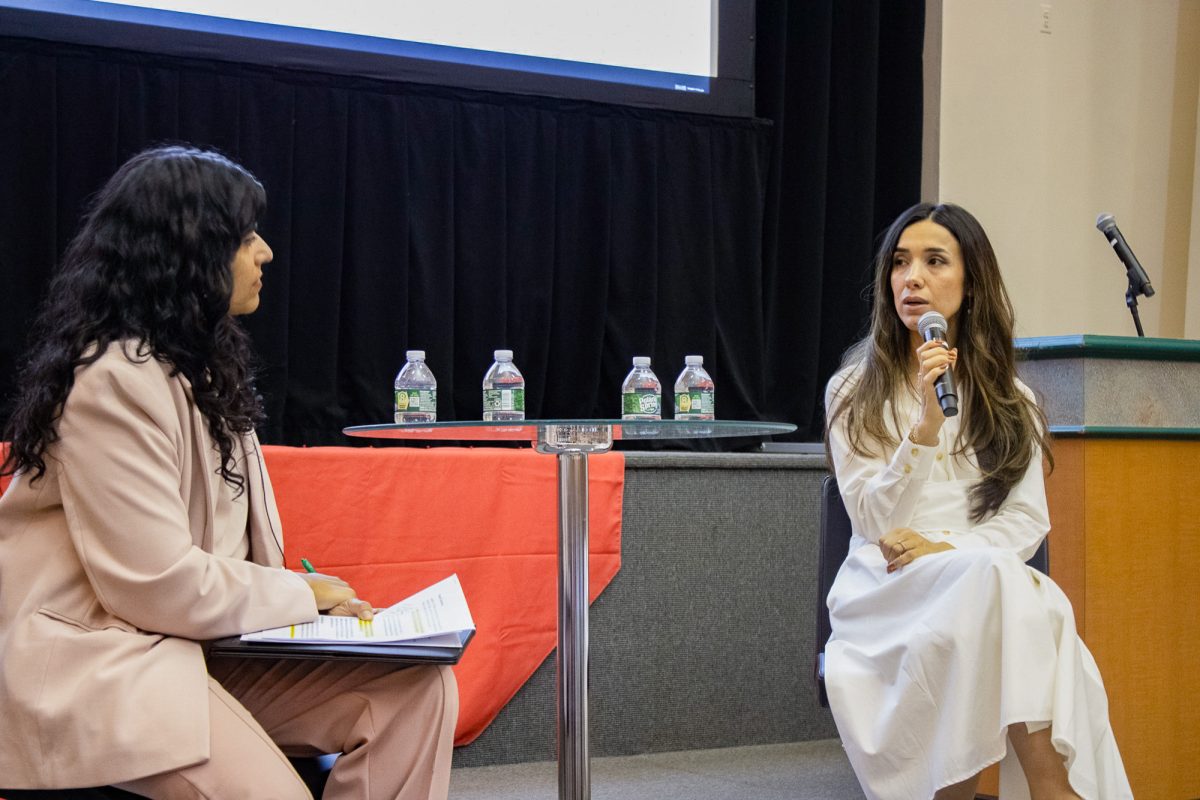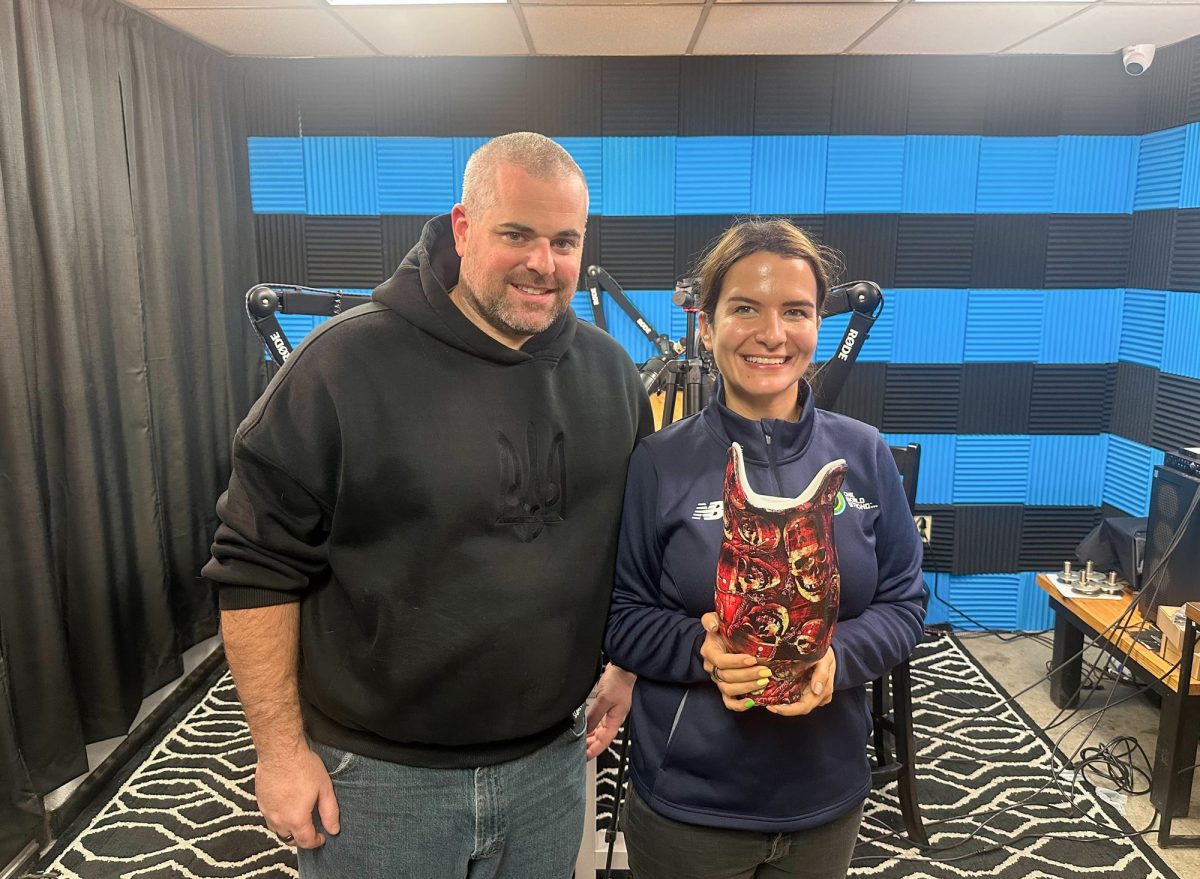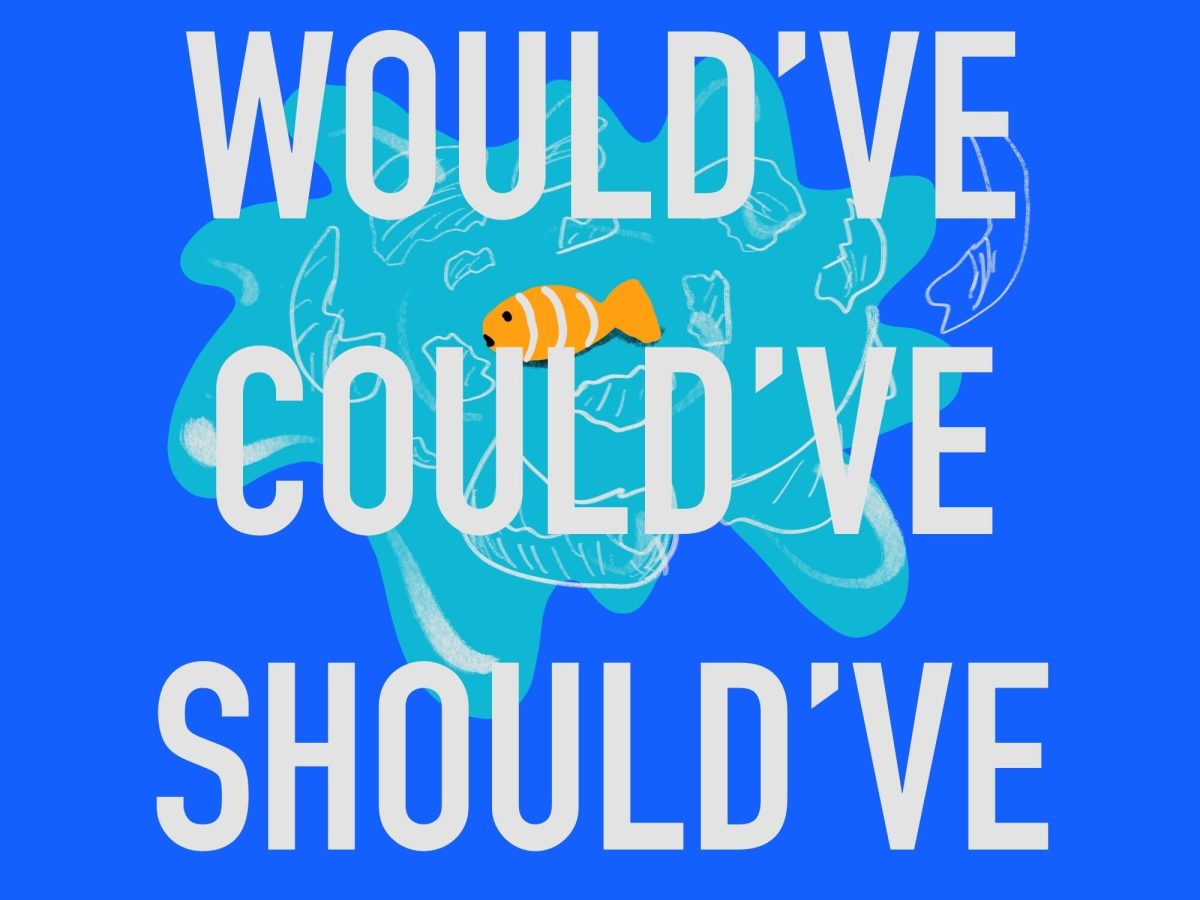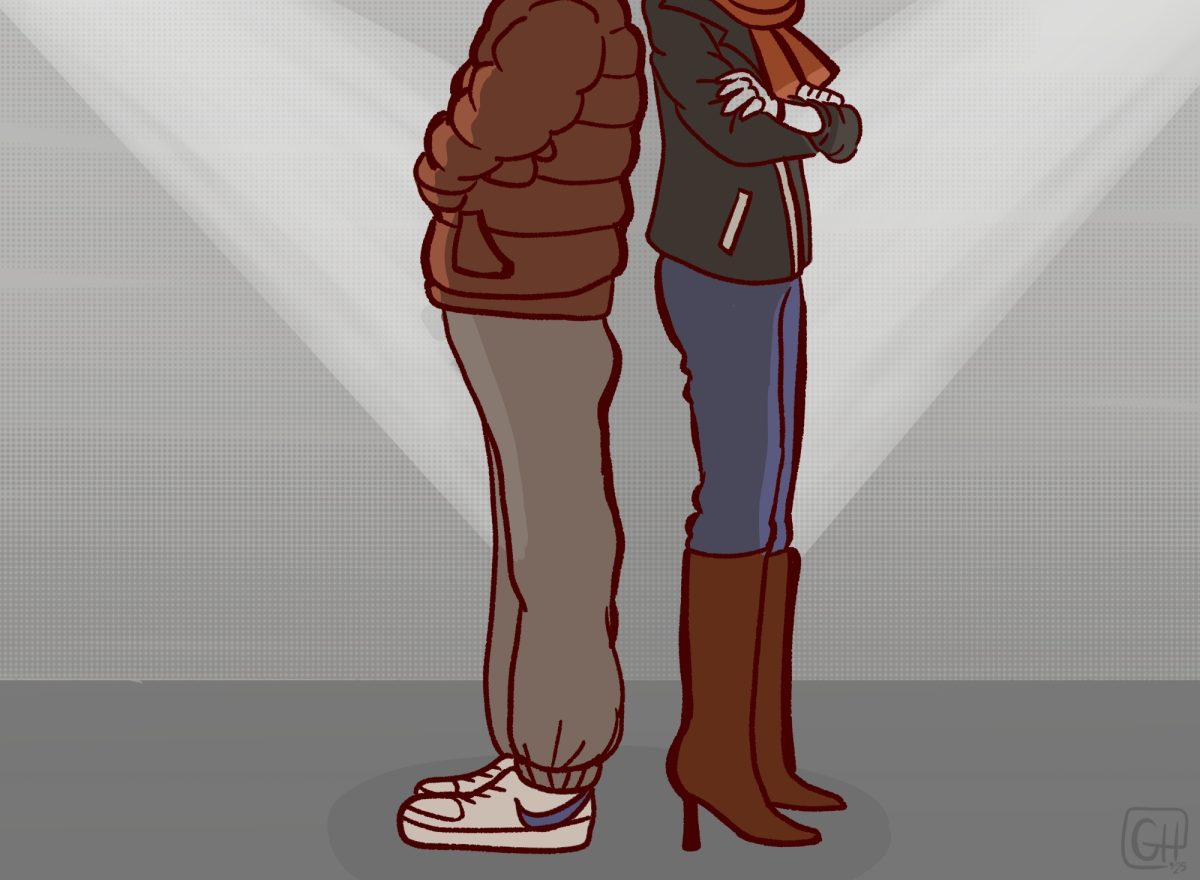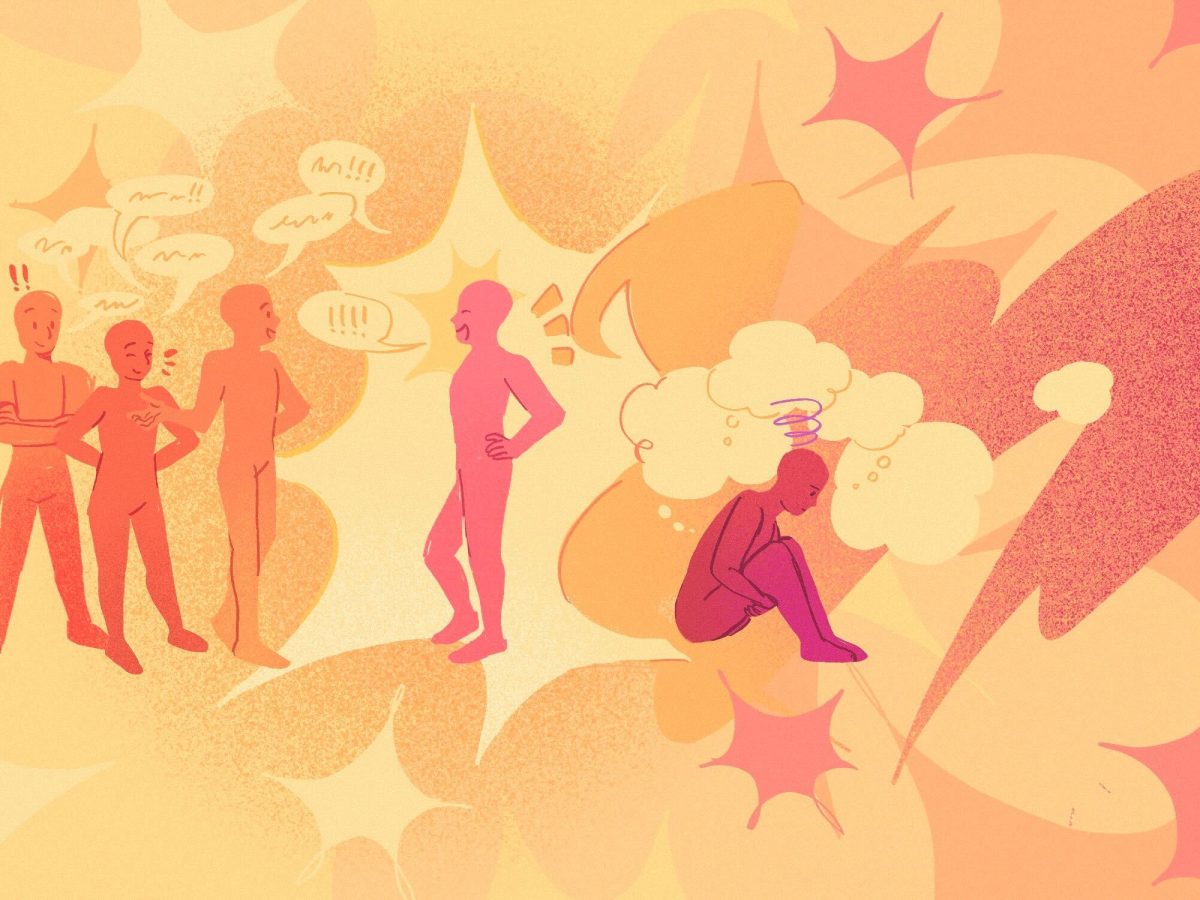The consumption and glorification of alcohol by youth could be linked to frequent mention of specific brands in today’s popular music, according to a new study by researchers at Boston University and Johns Hopkins University.
Melanie Kirsh, President of Students for Sensible Drug Policy, said many problems with alcohol are caused by media portrayal of alcohol consumption at college.
“People are still going to drink,” Kirsh, a College of Arts and Sciences sophomore, said. “But, the glorification of it in music may be a factor [in increasing consumption], because when students are at parties with alcohol, it [the music] might add to the pressure to do it [drink], especially among underage kids.”
Researchers examined 720 songs from Billboard’s most popular song lists in 2009, 2010 and 2011. 23 percent of those songs reference alcohol, many of which reference specific brands, according to the study published Aug. 28. Patrón tequila, Hennessy cognac, Grey Goose vodka and Jack Daniel’s whiskey were most frequently referenced.
More than 70 percent of underage students reported they have consumed alcohol, which is responsible for the death of about 4,700 people below the age of 21 per year, according to the study.
“A small number of alcohol brands and beverages appear to make frequent appearances in popular music,” said BU School of Public Health professor Michael Siegel in a press release. “… If these exposures are found to influence youth drinking behavior, then further public health efforts must be focused on youth exposure to alcohol portrayals in popular music.”
Since researchers found four specific brands significantly popularized in music, there is a possibility that such brands may be using popular music as a promotional channel to today’s youth, said David Jernigan, a co-author of the study, in an email.
“[Since] we found substantial positive portrayals of alcohol use in popular music, future research needs to examine whether exposure to these positive portrayals in popular music is putting underage persons at greater risk of initiating drinking, or of drinking more,” Jernigan said.
Justin Freedman, a member of Students for Sensible Drug Policy, said in an email that 23 percent is too small a statistic to stir up this much concern from researchers. He said the percentage is small enough that the correlation is not necessarily causation.
“It seems like they are making a big deal out of this,” Freedman, a CAS senior, said. “Alcohol or party culture is simply an aspect of many genres of music … I don’t think the artists should change — there should just be more alcohol safety education.”
Alyssa Crippen, CAS junior, said she would have expected the percentage to be higher, as current pop music artists frequently mention alcohol in their music.
She said the profound influence celebrities can have on youths on drug and alcohol use is worrisome.
“There are always [alcohol] advertisements all around campus, and it is always on TV and in movies,” Crippen said. “Maybe they [the advertisements] don’t directly make people drink in general, but if [the song] ‘Shots’ by LMFAO is playing at a party, people will definitely take more shots. It [music] definitely stimulates it [drinking] once it’s started.”
Josh Cintolo, a School of Management senior, said the researchers’ concerns have some credibility, as some students’ behavior is very easily influenced by others’ consumption of alcohol.
He said since alcohol is so readily available for college students, excessive consumption is a poor but ultimately inevitable decision.
However, Cintolo said it is ultimately an individuals’ choice to follow such a lifestyle.
“It [the media] shows it [alcohol and drug consumption] like it’s a good lifestyle choice,” Cintolo said. “They [the media] might promote it, but if you choose to follow it, then that’s more like deciding to open Pandora’s Box yourself.”










